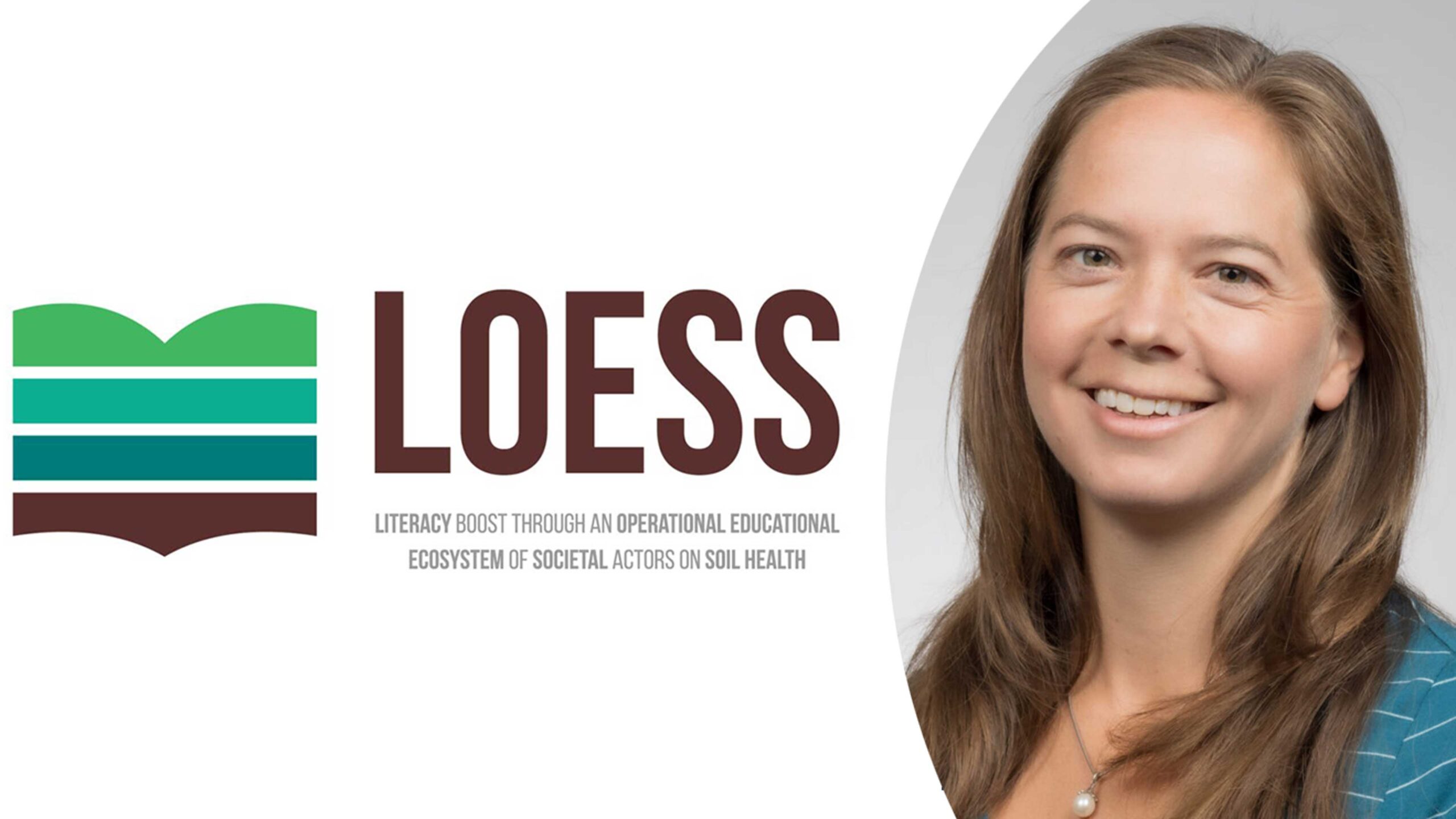Interview with Christina Berneheim, a consultant on regenerative agriculture at Svensk Kolinlagring, who is a member of the Swedish LOESS Community of Practice.

Firstly, tell us something about you and your organisation.
Svensk Kolinlagring is a non-profit organisation that has launched a business model whereby Swedish farmers receive monetary compensation for improving soil health and building carbon in their soils. The financial means for this comes from other businesses in Sweden who are engaged in reducing their own climate footprint and who want to support a systems transition within agriculture. I work as a consultant for our farmers and discuss with them how we can best achieve these goals. I also work with outreach, organising soil health courses and seminars on different important topics for our farmers and investors.
What is your personal interest in soil health?
For me, there is nothing that is as important as soil health. Our entire civilisation depends on resilient soils that can provide us with fresh water, nutrient-dense foods, and stability in crises. My partner and I also own a small farm and business where we constantly observe the ecosystem processes so that we can be sure that we are going in the right direction. Our aim is the same as other farmers – we need healthy soil that can bring us healthy plants, healthy animals and in the end, a healthy income, which by extension will lead to a healthy community.
Why do you feel that soil health education is so important?
Soil is a living entity that has biological, physical and chemical properties. For many years, the focus has often been primarily on the chemical properties which has led to an increased dependence on external inputs. The effect on microbiology, the engine of healthy soil, has been detrimental. We need soil health education to lift these aspects and engage both farmers and the general public in how we can promote soil biology to reduce our dependence on external inputs by working with nature and not against it.
What do you see are the opportunities or challenges when it comes to raising awareness about the importance of soil health?
The biggest opportunity lies in that there is a great amount of interest among farmers and the general public to learn about soil health and regenerative agriculture. There are several trends that coincide – animal welfare concerns, climate crisis, biodiversity extinction, mental and physical health – and, to me, these can be vastly improved by a change in mindset and management of our natural resources, and it need not have a negative effect on our ability to feed ourselves. I find that people in general are open to hearing about soil and soil health and how we can do things differently. The challenge lies in reaching everyone that needs to hear it, from politicians to children in kindergarten, and creating spaces where change, at all levels, is encouraged and supported.
What is your motivation for joining the Swedish Community of Practice?
Svensk Kolinlagring is based on collaboration and learning from each other, so we can see that there is great potential in joining this community of practice. I work with soil health every day and constantly try and find ways in which to further my own knowledge and that of others. In this community of practice, there are people from many different backgrounds in schools and universities which can help us co-create and learn together and bring that knowledge with us to our respective organisations.
What are your aspirations for the LOESS project?
We hope that the project creates an open toolbox from which we find materials and inspiration to go out and raise awareness of soil health in many different settings. At the moment, we work primarily with farmers and other consultants, but we would like to broaden this. Having a toolbox can give us the means to engage with people in different ways to enhance learning even further. We also hope that there will be ways for groups and different stakeholders to create networks and access this type of material to further their own knowledge.
